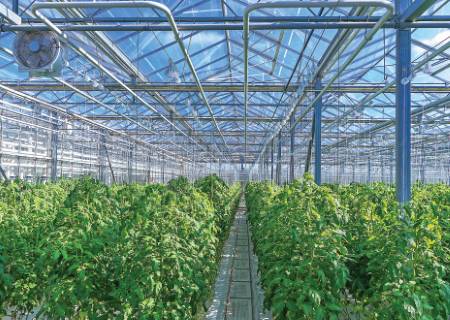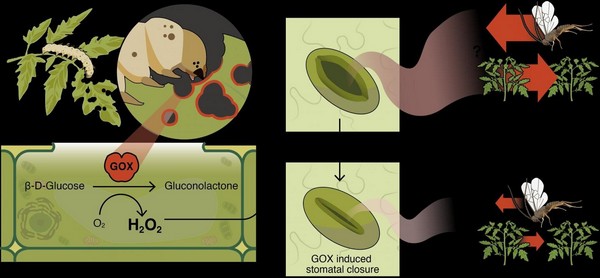#TomatoFarming #GreenhouseTechnology #IntegratedPestManagement #AgriculturalInnovation #SustainableAgriculture #NutrientManagement #CropProtection #TechnologyinAgriculture
Balancing Act: The Key to Successful Greenhouse Projects
The evolution of greenhouse technology has reached new heights, with Brazilian projects rivaling those in Europe and the United States. However, the substantial initial investment necessitates subsidies, recognizing the strategic importance of food production for Brazil.
Advanced Technology: Empowering Tomato Cultivation
Implementing a comprehensive technological package mitigates risks in tomato farming. Effective monitoring and data-driven decision-making are crucial for enhancing productivity and sustaining cultivation cycles exceeding 270 days. This translates into exponential increases in productivity, capitalization, employment, and social income.
Leading Innovations: Redefining Tomato Cultivation
Tomato farming demands technical precision, driving advancements such as grafting, tropicalized hybrids, efficient pollination, and refined irrigation and fertilization management. Embracing Integrated Pest Management (IPM), alongside innovative pest control molecules and automation, represents groundbreaking strides in the field. These technological applications are indispensable for achieving high yields and superior fruit quality.
The Essence of Fertilization
Fertilization forms the cornerstone of successful tomato cultivation, ensuring nutritional balance and prolonged plant vigor. Strategic pruning, stage-specific fertilization, water efficiency, and pest control aligned with economic damage thresholds complement the technological arsenal.
Benefits of Protected Cultivation
Beyond increased yields and quality produce, protected cultivation fosters employment, income generation, and conscientious resource utilization. It enables the cultivation of diverse tomato varieties while promoting judicious use of inputs, including pesticides, fertilizers, water, and energy.
The fusion of technology and traditional agricultural practices heralds a new era of tomato cultivation, offering sustainable solutions to meet global food demands. By embracing innovations in monitoring, management, and resource utilization, farmers can achieve unprecedented yields while safeguarding environmental integrity and economic viability.











